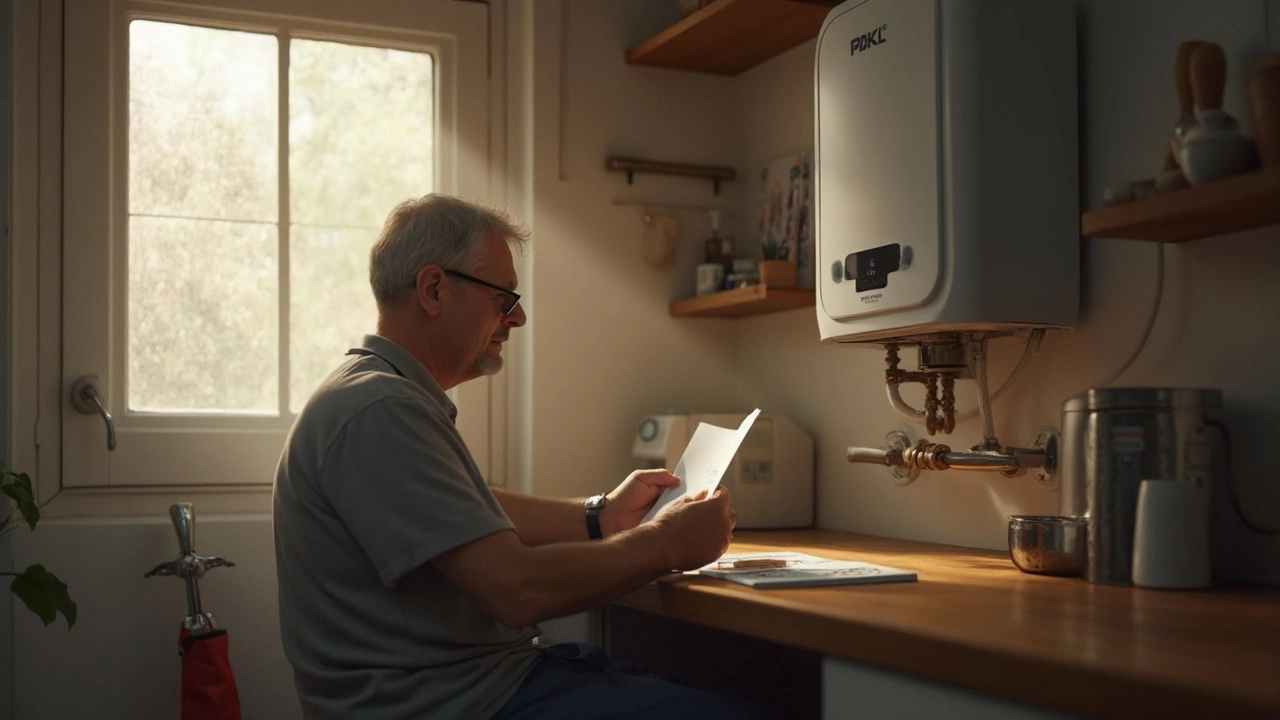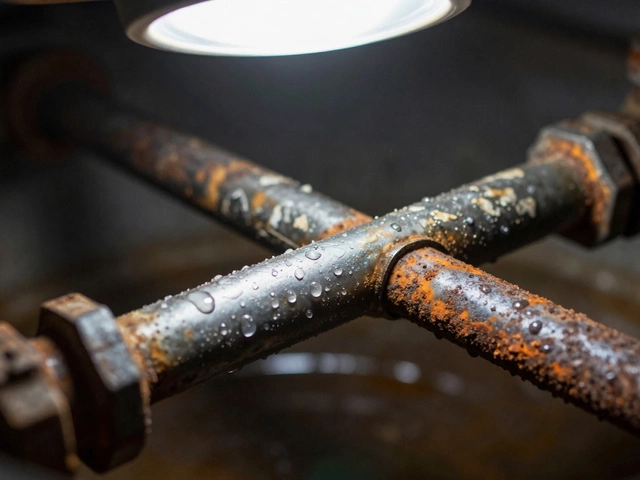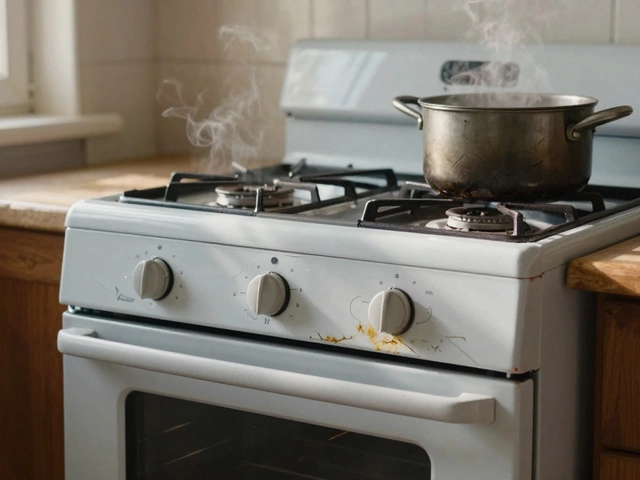Electric Water Heater: How It Works, Common Problems & Fixes
If your shower suddenly feels like a cold dip, the electric water heater is the first thing to check. These units heat water using electric resistance elements, storing hot water in a tank ready for use. Understanding the basics helps you spot issues early and avoid costly repairs.
Most homes have a 40‑80 gal tank, an insulated shell, a thermostat, and two heating elements—upper and lower. When you turn on a tap, cold water enters the tank, the thermostat tells the element to heat it, and you get hot water on demand. Simple, but a few things can go wrong.
Common Issues and Simple Fixes
1. No hot water: Start with the breaker. If it’s tripped, reset it. Next, check the thermostat setting; 120 °F is a good baseline. If the breaker stays on but water stays cold, a heating element may have burned out.
2. Water isn’t as hot as before: Sediment buildup at the bottom of the tank can act as insulation, making the element work harder. Draining the tank once a year clears the slime and restores heat efficiency.
3. Strange noises: Popping or rumbling usually means mineral deposits are heating unevenly. A quick flush can fix this, but if the noise persists, the heating element probably needs replacement.
4. Leaking: Small drips around the tank often come from the temperature‑pressure relief (TPR) valve. Replace the valve if it’s corroded. Bigger leaks usually mean a cracked tank—time to consider a new unit.
5. Frequent tripping of the circuit breaker: Overloaded circuits or a shorted element can cause this. Turn off power, test each element with a multimeter, and replace any that show open circuits.
When to Replace Your Heater
Even with regular care, electric water heaters have a lifespan of 10‑15 years. If you’ve hit the 12‑year mark and repairs are piling up, replacement is smarter than patching. Look for these red flags: rust on the outside, constant leaks, or a surge in your electricity bill.
A newer model offers better insulation, faster recovery time, and often a higher energy‑efficiency rating. While the upfront cost is higher, you’ll save on energy and avoid endless repair calls.
Choosing a replacement? Pick a size that matches your household’s peak usage—usually 50 gal for 2‑3 people, 80 gal for larger families. Also, check the Energy Factor (EF) rating; the higher the EF, the less electricity you’ll use.
Installation isn’t a DIY job unless you’re an electrician. Incorrect wiring can be dangerous. Call a qualified technician, like Hinckley Home Appliance Repair Services, to handle the hookup and ensure local codes are met.
Before the new heater arrives, empty the old tank, disconnect power, and shut the water supply. This makes the removal smoother and prevents water damage in your kitchen or laundry room.
After installation, run a full hot‑water cycle to clear any debris from the lines. Test the temperature, listen for odd noises, and verify the breaker stays on. If everything feels right, you’re back to warm showers and clean dishes.
Remember, regular maintenance—flushing the tank once a year, checking the TPR valve, and keeping the thermostat at a safe setting—keeps any electric water heater running smoothly. A little effort now saves you from cold mornings later.
15 June 2025
·
0 Comments
Confused about how long to press the reset button on your water heater? This article walks you through the exact method, why it matters, and what to expect after pressing it. Get essential tips to avoid mistakes and keep your water heater running safely. Real-world troubleshooting advice included. No guesswork or empty tips—just what you need to know.
Read more






